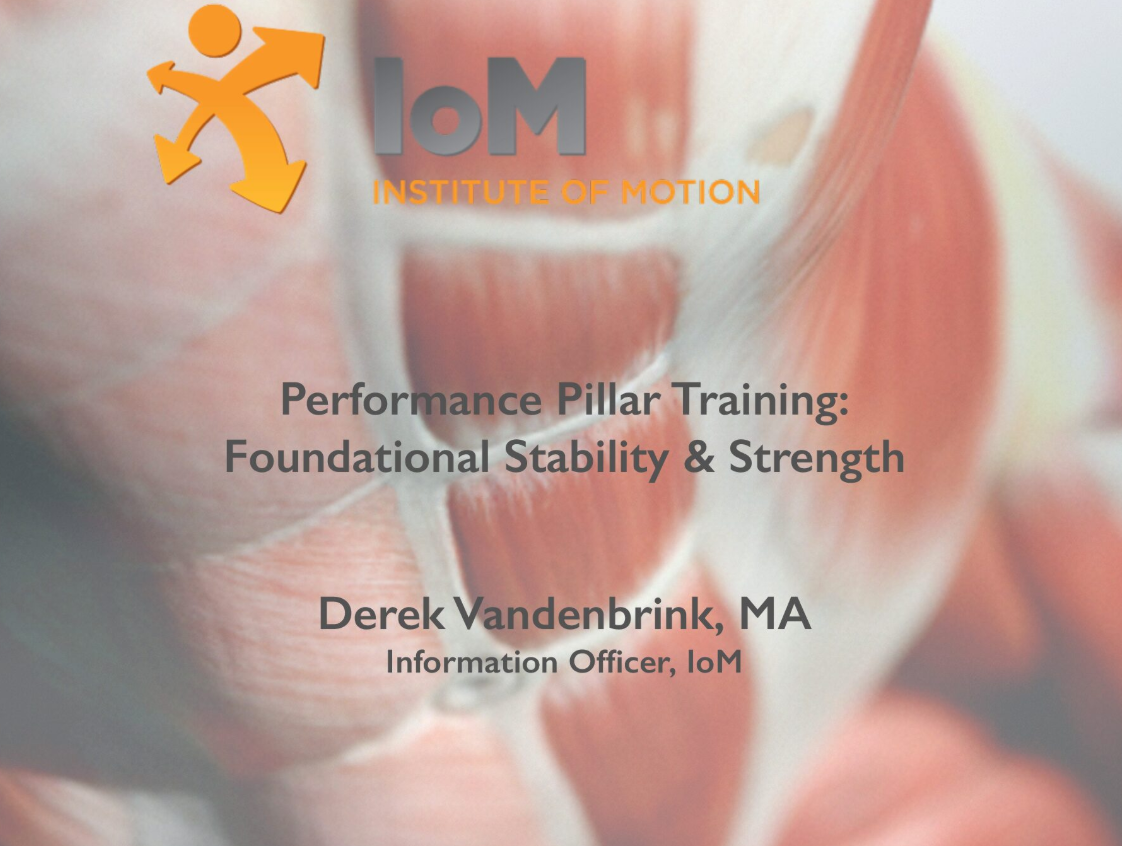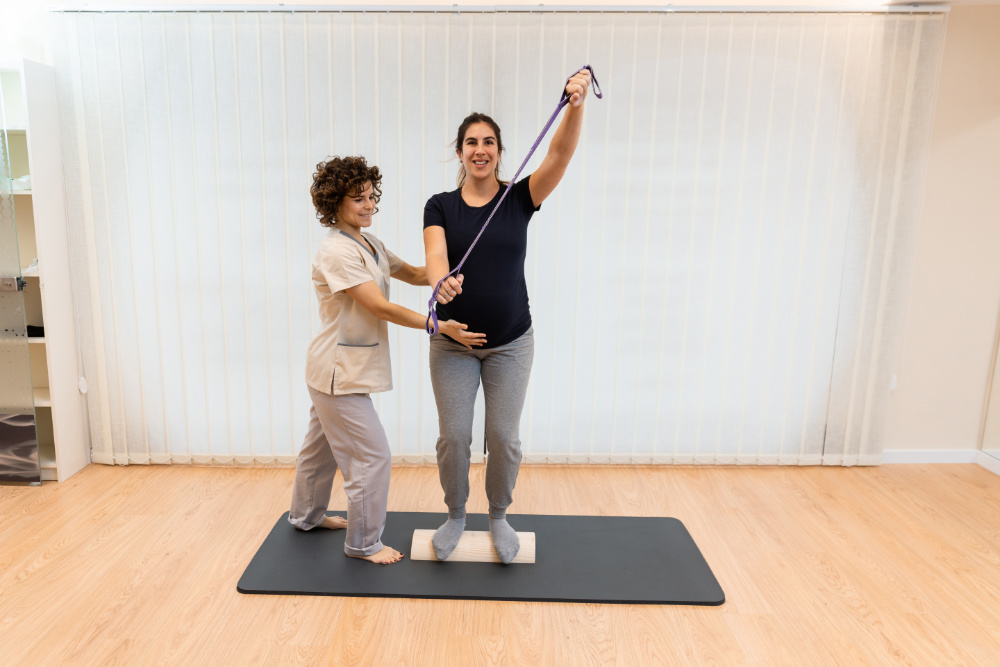‘Healthy music’ is the key to tapping into participants’ internal motivation, says Nathan Short. By catering to the innate passion for moving to a rhythm you can increase fitness results as well as exercise adherence.
We don’t know how far back the history of dance goes, but we do know that numerous forms of unified rhythmic expression have been around for a very long time. Whether to express a concept, tell a story, unite with others or just for the sheer pleasure of moving, humans love to move to a rhythm. We see this in group exercise classes all the time, from HiLo to BODYPUMP, Zumba to step… but are we fully catering to this innate passion for dance in all of our classes?
Dance doesn’t always mean ballet slippers, high top shoes and baggy pants. Dance is all movement to music. It’s lifting weights, it’s stepping on steps, it’s hitting down dog, it’s shaking your booty… To quote Aristotle; ‘Dance is rhythm applied to gesture to express an action’.
‘Healthy’ music is music that inspires a positive emotional, social, and/or physical response from participants. The response could be a smile, eye contact, interaction with others, or perhaps something deeper. Whatever the track is, it stimulates them to feel something, which leads them to want to do something. This is a simple but powerful behavioural process.
Try to imagine a participant’s emotional reaction to your music (or a track from BODYJAM or Zumba) without any movement; how would they respond to what they hear? Would they feel something? Would they interact with one another? These types of responses are important. If someone takes action because they feel compelled to rather than just because they were told to, then you know you’ve tapped into their internal motivation and you’re starting to feed it. As instructors, we need to make this our top priority; not to motivate people externally, but to nourish what motivates people internally. Music allows us to do this. Those who are internally motivated have positive intentions for movement, they find enjoyment in the activity, and hence are simply more inclined to exercise (Dishman et al. ‘The Determinants of Physical Activity and Exercise’).
The health of your music selection can be decided based on the following questions, which should be applied to each track:
- What emotion do I feel?
- What is the most important instrument?
- Who can relate to this song?
- Will my participants interact?
- What is the end-goal?
- When do I use it in my playlist?
- What is the tempo?
Let’s look at an example. Titanium by David Guetta and Sia is a truly motivational powerhouse track, but what makes it so? This song has two key emotions; in the verses you feel reflective and subdued, in the pre-chorus and chorus you feel motivated, unstoppable, and ignited. This tells us the track can be used for two extremes of movement, whether it be balance and move set-up, or plyometrics and performance.
The outstanding instrumentation in this track is the guitar synth in the verses, and the pumping kick drum in the chorus. This tells us that in the verses we can draw attention to moves that require emphasis on counts 3 and 7, but in the chorus you will need to draw emphasis on every count 1 to 8.
Most people can relate to this song as it’s incredibly popular, but even from an electronic dance standpoint, this isn’t a particularly exotic and ‘out there’ type of sound. This indicates how well received it will be, and that people won’t shut down emotionally as a result.
Interaction between participants is common in small group training sessions and some dance fitness classes, but whether you want this or not is strongly based on song choice. Titanium is a uniting song, it presents few social barriers due to its popularity, instrumentation and context and hence can be powerfully used to get your class to chant, stomp, or jump in amazing feats of unity. Remember, people need more than just a beat in order to construct strong social relationships with their peers in a fitness environment – don’t underestimate the context of the music you choose. The end-goal could be a massive cardio peak with a high intensity interval training (HIIT) approach.
EXPERIENCE HEALTHY MUSIC
You can experience Nathan’s ‘healthy music’ process in a growing range of new generation group exercise classes. His business, The Future Experience, is developing accredited instructor training for 2014 to create next gen group exercise coaches to meet the growing demand. His unique skillset, comprising qualifications in audio engineering with his exercise and sport science degree, enables him to educate instructors on the link between anatomy, behavioural psychology, technology and musical intention. For more information on instructor training check out www.thefutureexperience.com
After you’ve pondered the first five questions, consider your answers in relation to the final two questions.
This song would feature well in the middle or end of the class because it’s exhilarating, conclusive, and powerful, but still has room for recovery. Finally, the tempo traditionally comes down to the skill level and type of movement you want to execute. This is the same in the healthy music selection process, but you can also take into account the track’s instrumentation again (e.g. dubstep as a music genre can be used at 140BPM, or at 70BPM very effectively because of the nature of the genre and its percussion).
Although applying this process to the music in any class you teach may seem laborious, your participants will respond with a whole new level of positivity and motivation.

Nathan Short, BAppSc (Exercise and Sport Science)
With six years’ experience teaching group exercise and dance, Sydney-based Nathan is now working on his vision of increasing the health and wellbeing of the global community by combining his exercise science and audio engineering backgrounds. He firmly believes that educating people on how to harness music in a group exercise environment is the key to creating a powerful fitness experience. For more information visit www.thefutureexperience.com



